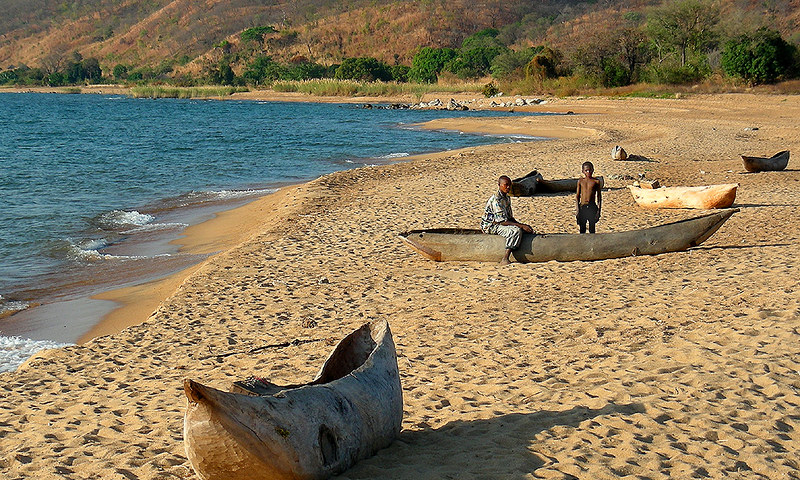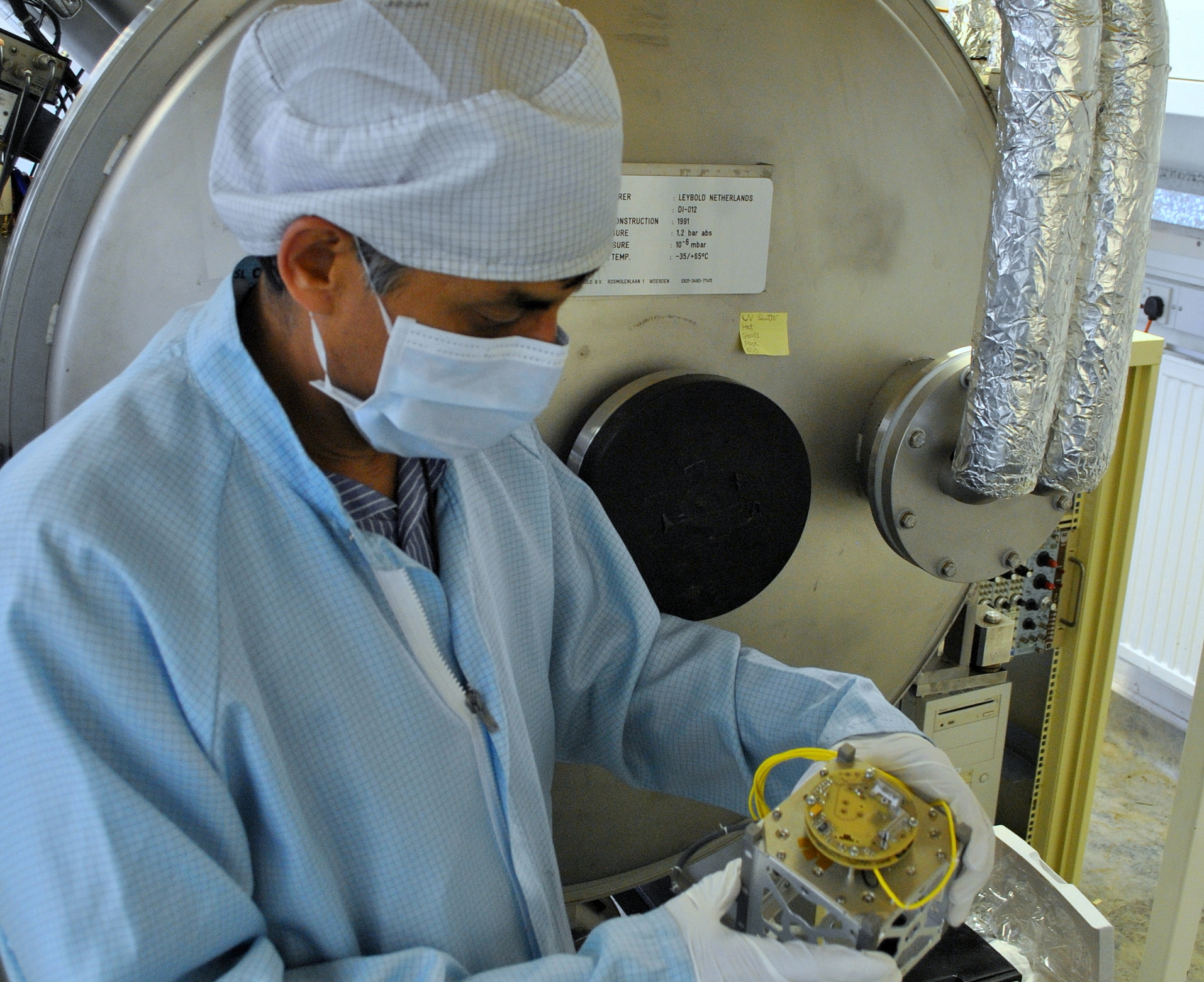 Malawi is a landlocked country that borders Tanzania, Mozambique and Zambia. It is also one of the poorest countries in the world with a population of 20.4 million and 70% living beneath the international poverty line. The nation relies on Lake Malawi and the support provided by the REFRESH project.
Malawi is a landlocked country that borders Tanzania, Mozambique and Zambia. It is also one of the poorest countries in the world with a population of 20.4 million and 70% living beneath the international poverty line. The nation relies on Lake Malawi and the support provided by the REFRESH project.
Lake Malawi is integral to the social, economic and environmental well-being of Malawi and its people. It proves to be an indispensable part of the country’s infrastructure, covering a total area of 22,490 square kilometers, employing more than 500,000 people and contributing 4% to the nation’s GDP.
The Lifeline of Malawi: Lake Malawi
Lake Malawi, Africa’s third-largest lake, is crucial for Malawi’s economy and ecology. As a landlocked country, local communities depend on the lake for drinking water, transportation, leisure, power generation, irrigation and notably, fishing.
The lake’s fish significantly contributes to the country’s nutrition and economy, supplying 70% of the animal protein intake. It supports the livelihoods of Malawi’s residents through both local consumption and exports to neighboring countries, making it a crucial economic resource.
Lake Malawi also serves as a vital trade route, facilitating the transportation of goods to neighboring countries. The trade activity positions Lake Malawi as a hub for expansive business networks, essential for the mass production and distribution of natural goods, benefiting not only Malawi but also its neighboring communities through robust trade partnerships.
Residents in the area benefit from job opportunities created by the businesses managing these goods, reinforcing a cycle of employment and food security. Lake Malawi’s wealth of natural resources not only sustains jobs but also underpins food security, laying a strong foundation for the local economy and community wellbeing. Its tributaries hold the key to renewable energy through hydroelectric power generation, diversifying the country’s energy sources. This sustainable energy supports the nation’s industries, homes and various sectors, further stabilizing the country’s economic and environmental landscape.
Malawi Takes Advantage
Lake Malawi supports the livelihoods of 20.4 million Malawians, surrounding communities and more than 910,000 refugees from Mozambique. With a population growth rate of 3.3%, the lake’s resources are under strain and require restoration. While Lake Malawi is vital for the economy and job creation, Malawi’s low GDP per capita of $554.20 challenges the local population’s ability to sustain and enhance these benefits.
In addition, nationwide poverty significantly challenges individuals in making decisions crucial for the long-term sustainability of natural resources. This difficulty arises from their urgent short-term needs. In addition to the impact on local communities, large-scale commercial fishing operations also contribute to overfishing in Malawi.
Moreover, local reliance on Lake Malawi for sustenance has led individuals to fish in shallow areas, away from large commercial operations. In addition, this practice threatens fish breeding grounds as small-scale fishermen navigate these regions in canoes designed for shallow waters. The impact of these activities presents significant economic and environmental challenges for Malawi and neighboring countries relying on the lake’s resources.
REFRESH Project
The U.S. Agency for International Development’s (USAID) REFRESH project, aimed at enhancing Lake Malawi’s fisheries management and conserving fish biodiversity, spans from October 2019 to September 2024. Recently, USAID provided the Malawian government with an advanced electronic catch assessment survey (eCAS) system and refurbished patrol boats, significantly boosting data collection and surveillance efforts.
The electronic catch system compromises smart tablets, desktop computers and servers which allows them to have an accurate analysis of catch data. This high technology gives Malawi the advantage of being able to estimate fisheries production and evaluate the sector’s economic and food security contributions.
Additionally, USAID recently upgraded patrol boats for the Salima District Council with new engines to strengthen surveillance against overfishing, promoting adherence to fishing regulations and local laws. This effort aims to preserve the lake’s biodiversity. However, residents of fishing villages, who have depended on Lake Malawi for their livelihoods, sometimes struggle to see these restrictions as measures to sustain the lake’s benefits rather than to limit their use.
Furthermore, regular monitoring of Lake Malawi allows for the identification and education of those overfishing, aligning them with the goals of the REFRESH Project for the lake’s restoration. These efforts, supported by USAID through the provision of operational guidelines and scientific equipment, highlight a deep commitment to sustainable fishing practices and the protection of Malawi’s aquatic ecosystem.
Nurturing Sustainability
The USAID REFRESH project is pivotal for sustainable development in Malawi, particularly for Lake Malawi. It focuses on improving fisheries management, enhancing scientific knowledge and strengthening governance. Its approach not only preserves the lake’s natural environment but also supports the economic well-being of the people who depend on its resources.
The REFRESH project is actively engaging local stakeholders and promoting an ecosystem-based approach to fisheries management. This strategy is designed to ensure a brighter, more sustainable future, harmonizing the well-being of Malawi’s people with the sustainability of the iconic Lake Malawi.
– Tristen Jerkins
Tristen is based in Tampa, FL, USA and focuses on Technology and Solutions for The Borgen Project
Photo: Flickr
 According to World Vision, around
According to World Vision, around 
 Poverty rates in a region often hinge on specific local conditions, necessitating tailored solutions. Innovations against poverty are essential in this context. Yet, other factors affecting socio-economic well-being, like infant mortality and global food security, present uniform challenges across different areas. Establishing a fund dedicated to innovation in combating poverty can tackle both specific and widespread issues.
Poverty rates in a region often hinge on specific local conditions, necessitating tailored solutions. Innovations against poverty are essential in this context. Yet, other factors affecting socio-economic well-being, like infant mortality and global food security, present uniform challenges across different areas. Establishing a fund dedicated to innovation in combating poverty can tackle both specific and widespread issues.